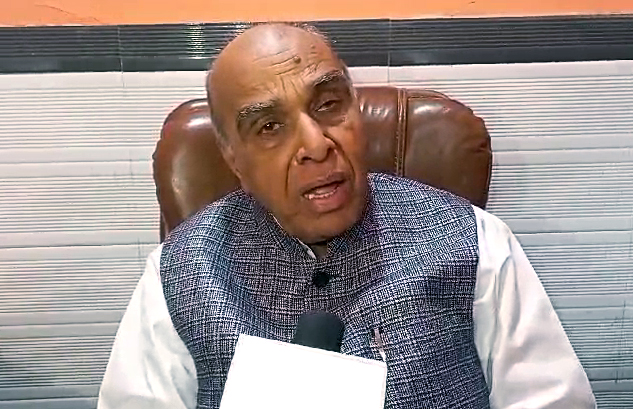Nepal has closed schools for three days following devastating floods and landslides caused by two days of heavy rainfall, which have resulted in the deaths of 151 people, with 56 still missing, officials reported on Sunday. The torrential rains brought daily life to a halt in many parts of the country, including the Kathmandu Valley, where 37 deaths were recorded. This region, home to 4 million people and the nation’s capital, has seen widespread disruption.
Authorities explained that damaged school and university buildings needed urgent repairs, making it difficult for students and parents to attend. Some areas of Kathmandu experienced up to 322.2 mm (12.7 inches) of rainfall, which caused the Bagmati River to rise 2.2 meters (7 feet) above the danger level, according to experts.
While weather officials said the worst of the heavy rains had passed, isolated showers are still possible. Television footage showed rescue teams, wearing knee-high boots, working to retrieve 16 bodies from two buses swept away by a massive landslide on a major route into Kathmandu.
The rainstorms were attributed to a low-pressure system in the Bay of Bengal, which also affected parts of northern India close to Nepal. Climate scientists at the International Centre for Integrated Mountain Development (ICIMOD) said the impact of climate change is exacerbated by haphazard development in Nepal. They called on the government to urgently invest in infrastructure such as underground stormwater and sewage systems to better manage extreme weather events.
According to ICIMOD, the damage was worsened by poor drainage systems, unplanned settlements, construction on floodplains, and encroachments on rivers, particularly the Bagmati. The Koshi River in southeastern Nepal, which often floods Bihar, has also started to recede after rising nearly three times above its normal level.
Meanwhile, across the border in Bihar, heavy rains continued for a second day, raising fears of floods in northern Bihar and neighboring Nepal. The Gandak Barrage at Valmiki Nagar released 339,200 cusecs of water at midnight on Friday, prompting flood warnings in the low-lying areas. Officials also issued an alert for releasing 681,000 cusecs from the Kosi Barrage by noon Saturday, further heightening flood risks in many villages in the Kosi region.
The Meteorological Center in Patna has issued a red alert for heavy rainfall in five districts—East and West Champaran, Araria, Kishanganj, and Gopalganj—for the next 24 hours. Residents in affected areas were advised to seek safety. A yellow alert was also issued for eight other districts, including Darbhanga, Madhubani, Katihar, Bhojpur, Buxar, Saharsa, and Samastipur.
Meteorologists attributed the heavy rains to cyclonic circulation over southwest Madhya Pradesh, with a trough line stretching from north Maharashtra through northwest Bihar toward the Bay of Bengal. This system is causing very heavy rainfall in northern regions, while the southern parts of Bihar are also experiencing significant rain.
In the last 24 hours, the highest rainfall was recorded in Forbesganj, Araria, at 340 mm, while Patna saw 7.8 mm. Other areas of Bihar, including Jokihat, Chargharia, and Palasi, also recorded substantial rainfall.
In Nepal, a mudslide blocked a 6.8-kilometer section of the Tribhuvan Highway, burying vehicles and causing significant damage. Rescue teams are working to retrieve bodies from the debris, while transportation across Nepal’s major highways has come to a standstill since early Saturday. This has left goods-carrying vehicles stranded by the roadside.
Nepal, home to nine of the world’s 10 highest peaks, has already experienced above-average rainfall this year, with more than 1.8 million people expected to be affected. The National Disaster Risk Reduction and Management Authority (NDRRMA) estimates that around 412,000 households will face monsoon-related disasters.
The monsoon season in Nepal, which began on June 10, three days earlier than usual, typically lasts 105 days and provides about 80% of the country’s total annual rainfall. This year, the country has already recorded 1,586.3 mm of rain, surpassing the seasonal average of 1,472 mm. In comparison, last year saw only 1,303 mm of rainfall, below the national average.
Despite the end of the monsoon being typically scheduled for September 23, this year it has been extended into late October, further intensifying the effects of heavy rains across the Himalayan nation.
(Inputs from agencies)




















